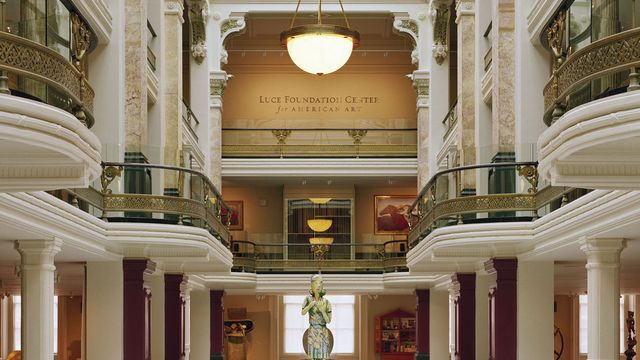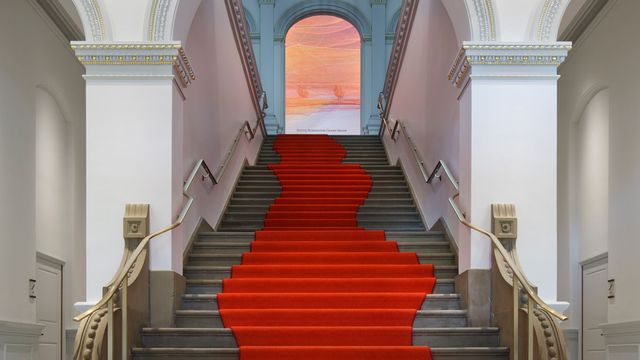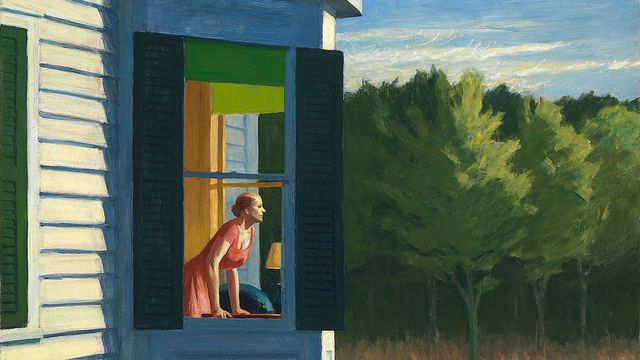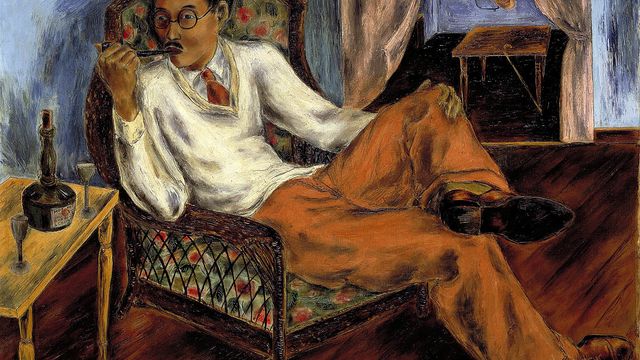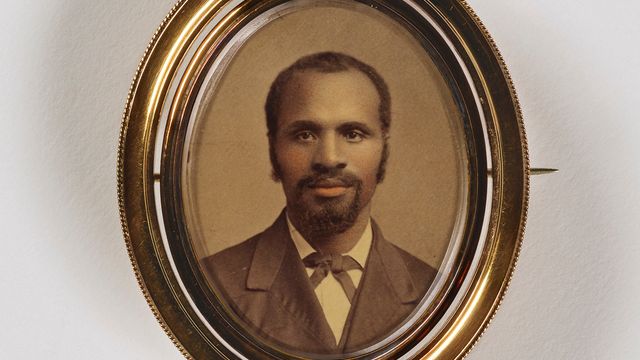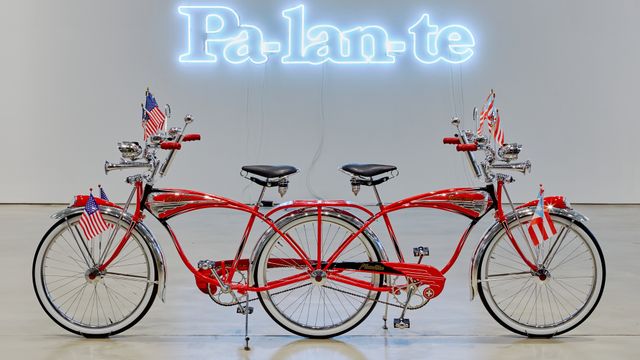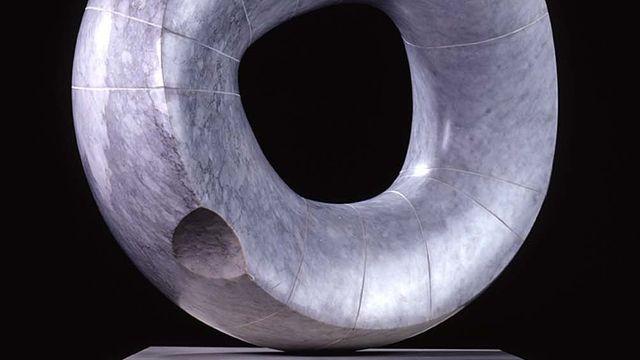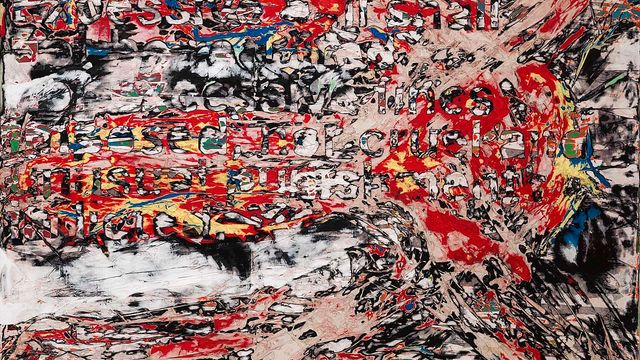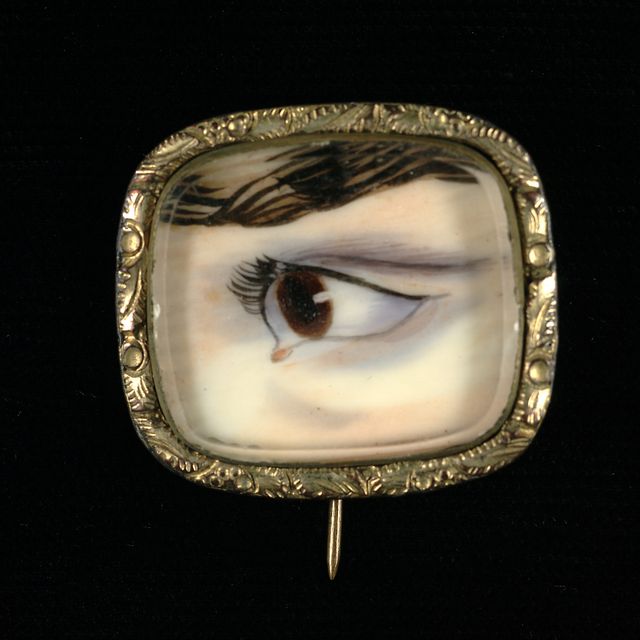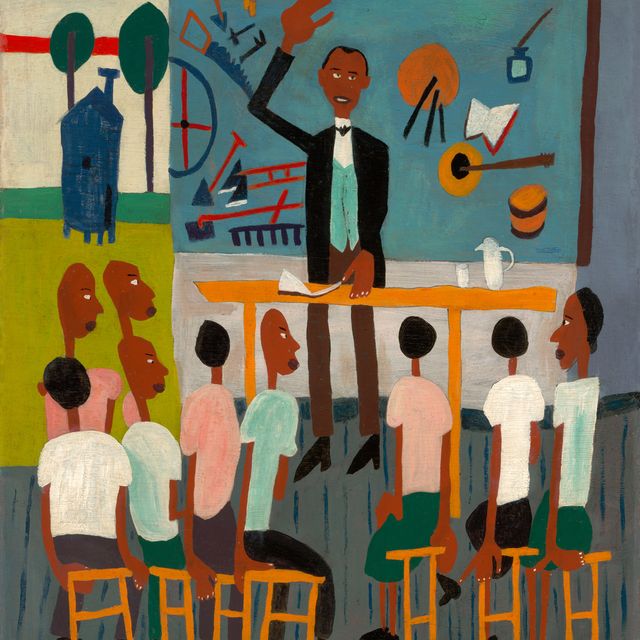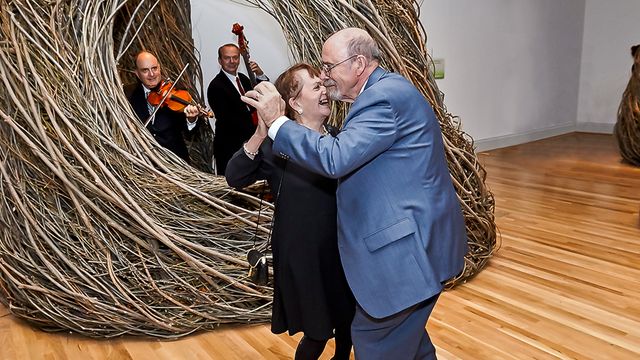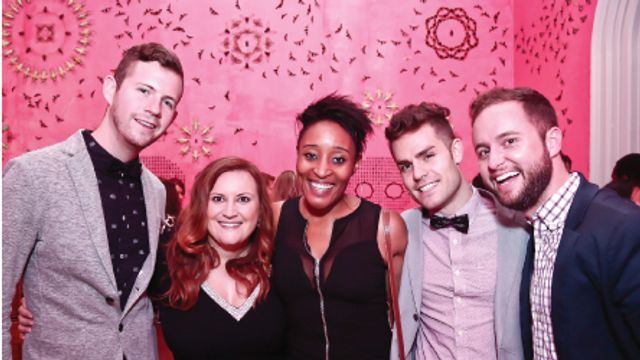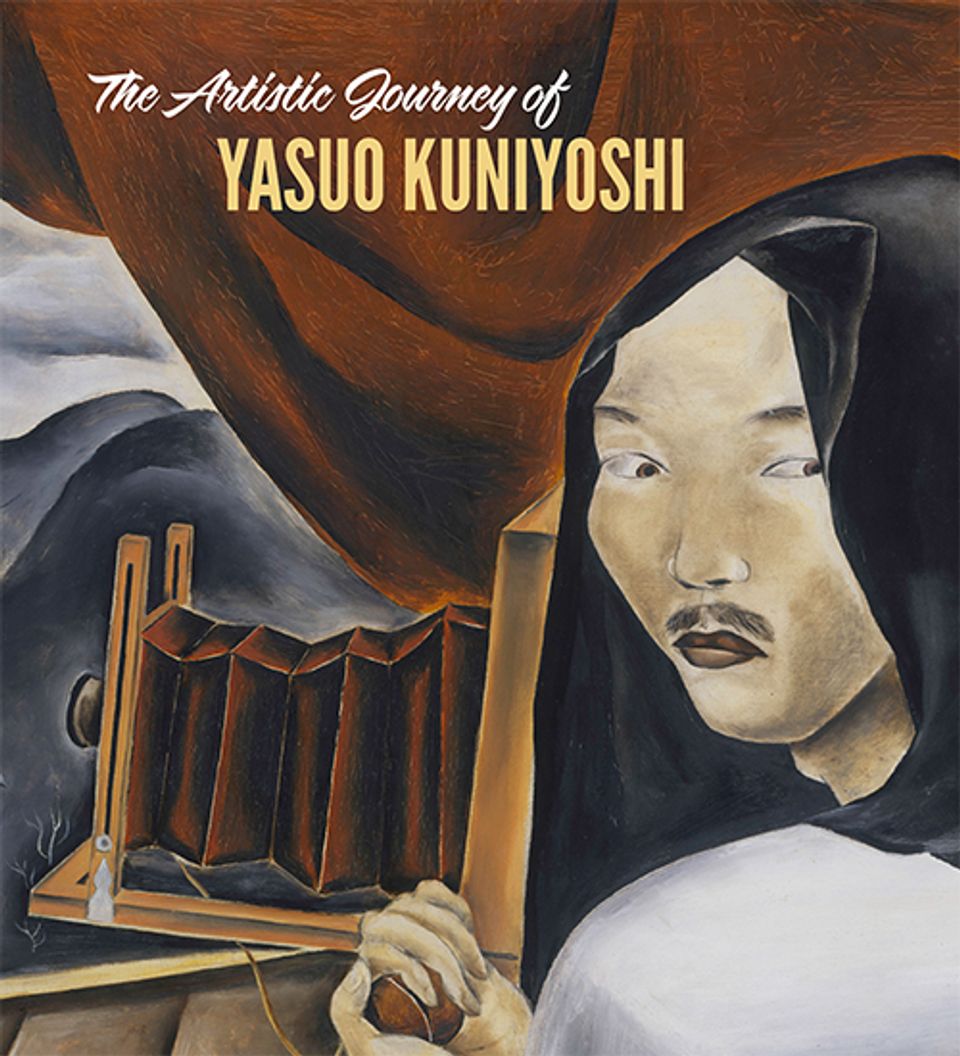Yasuo Kuniyoshi, Remains of Lunch, 1922, pen and ink, brush and ink on paper, 13 7⁄8 x 10 1⁄2 in. (35.2 x 26.7 cm), Smithsonian American Art Museum, Museum purchase through the Luisita L. and Franz H. Denghausen Endowment, 2003.18
Copied
Artwork Details
- Title
- Remains of Lunch
- Artist
- Date
- 1922
- Location
- Not on view
- Dimensions
- 13 7⁄8 x 10 1⁄2 in. (35.2 x 26.7 cm)
- Credit Line
- Museum purchase through the Luisita L. and Franz H. Denghausen Endowment
- Mediums
- Mediums Description
- pen and ink, brush and ink on paper
- Classifications
- Subjects
- Object — other — dish
- Object — fruit — pear
- Object — tool — screwdriver
- Object Number
- 2003.18
Artwork Description
The Artistic Journey of Yasuo Kuniyoshi, 2015

